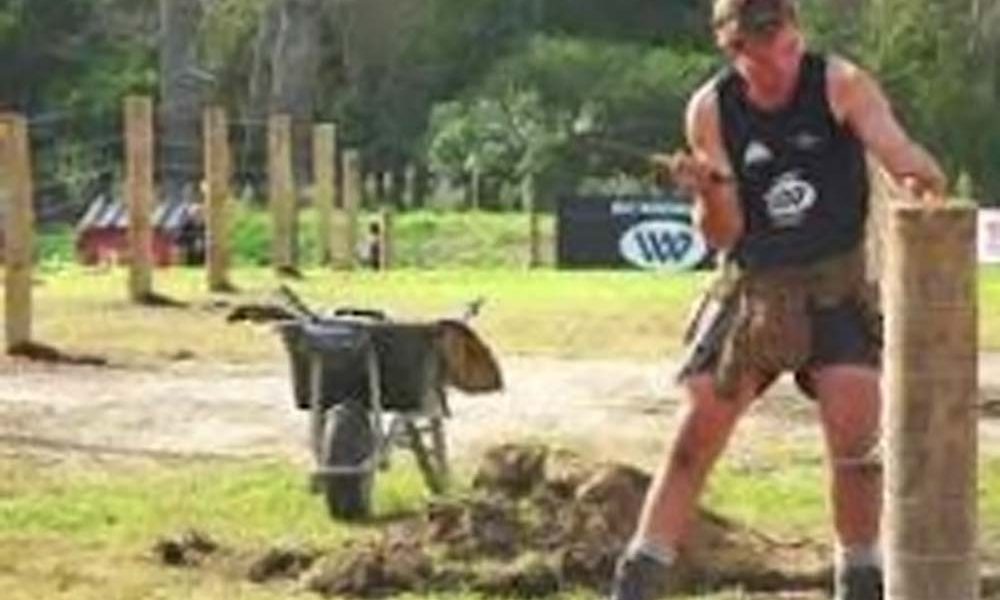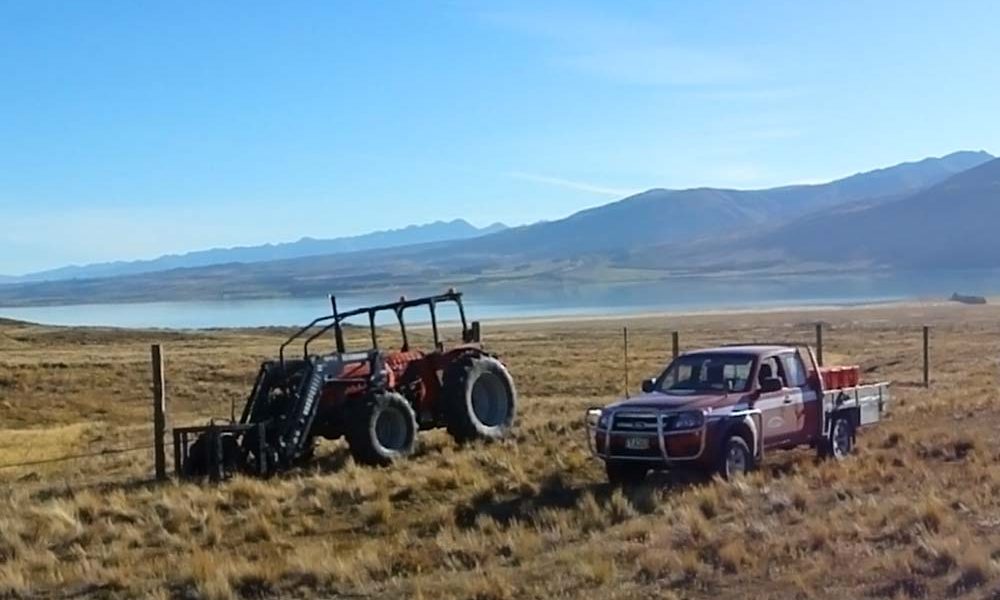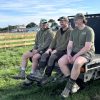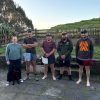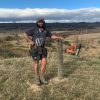
Debbie White blows dust off the archives and takes a look into the origins of FCANZ.
Time passes quickly, memories fade and people disappear. Even though I had an understanding of the origins of the Association I went digging through some archives, both written and through recounts of some of the people who were there.
One thing is pretty evident, the company we now know as Pacific Steel with its WIREMARK® brand of wire was there before the start, under its names of NZ Wire, Wiremakers, and in more recent times NZ Wire/ WIREMARK. It’s also widely accepted that this company who has backed the New Zealand Fencing industry for the past 50 odd years provided the impetus to get an association formed.
Back in the early 1980’s NZ Wire industries, in association with Hurricane Wire products, Cyclone – CMI, Armour Industries and Anchor Fence put out a newsletter “The Fencer”.
Interestingly the following was in issue 2 December 1981,
A Masters Fencer Association is one idea a fencer has put forward with the idea of “raising and maintaining the standard of fencers” and to help limit the number of “spare time fencers” (rather than part or full time contractors) who sometimes tender for contracts at prices sufficient to only keep themselves in “booze and petrol”. The spare – time fencer is, the writer suggests, a person who does not consider fencing as his occupation but only as a sideline. The practical difficulties in setting up an association with these objectives would likely be enormous but no doubt this topic is one which will generate considerable interest.
Around 1986/87 the Master Fencer was launched, it was to give fencers a qualification outside of the Golden Pliers, according to Nick Liefting. The New Zealand Agricultural Engineering Institute with practical input from fencer Frank Prince wrote the course documents and it was presented and backed by NZ Wire industries. The idea was course assessors in every district. Unfortunately a major downturn in the rural industry meant momentum was lost. Cyclone to the best of our knowledge still owns the rights to the Master Fencer.
The next known period that can be accountable as some form of structure and communications within the industry was in the early 2000’s.
After the fencing competition heats at Fieldays a fencers meeting was held and two fencer representatives were nominated to attend and represent the fencer’s viewpoint to the Fieldays fencing committee. This was as near of a get together that the industry had. Remembering the NZ Wire Industries newsletters, Representatives Nick Liefting and Wayne Newdick started discussing amongst themselves and a few others the idea of putting out a newsletter to the industry. George Schuler offered to come on board and a 1 page newsletter, with a subscription form named the “Fencer” was put out on September 2001 to gain subscribers. A meeting was held with the three at the Glenview motel in July 2002 and the idea of an association was thrown around, along with how to manage the task of producing a quarterly newsletter.
It was quickly realised that support from commercial partners were needed and Pacific Wire were the obvious choice, it helped greatly that they were responsive, supportive and enthusiastic allowing the concept to start gaining traction. A roundwood partner was also sought, being the two main components of any rural fence and Goldpine Industries came on board once the Association had been formed.
August 15th 2003 a meeting with Pacific Wire and “Key Industry players” Jim Erickson, Nick Liefting, Rob Best, George Schuler, Pacific Wires general marketing manager Bruce Blundell, marketing assistant Donna Mackay and key account manager Warren Grayson, held a meeting at Pacific Steel to try and nut out how best to work together to promote the association and fencers.
The first Fencing Association meeting was held May 13th 2004 in Hamilton and Rob Best, Nick Liefting, Kelvin Strong, Wayne Newdick, and Donna Mackay were present. George Schuler and Simon Fuller were recorded as apologies and the Agenda included deadlines for setting up the Association in relation to rules/subscriptions/benefits. Simon Fuller was nominated Chairman at the next meeting in June.
The first WIRED 4 page newsletter issue was put out in June 2004, it stated,
The objectives of the Association were to be as follows, but certainly not limited to
- Lift the profile of fencers and fencing in NZ.
- Improve the quality and standard of fencing in NZ
- Provide access to training and business skill training
- Networking and a way to vent and share ideas with peers
- Grow the market for fencing contractors
The benefits of joining the Association would be
- Provide a marketing tool for you and your business
- Information sharing and up skilling
- A form of recognition and professional body overseeing the promotion of fencing and fencers.
In order to secure a training provider George Schuler who worked for Ag ITO helped facilitate Taratahi as training providers for the delivery of the NZQA National Certificate in Fencing, as it was the only qualification to the industry. Lance Hare headed the training programme and joined the committee.
I went to a meeting to help with the first conference and quickly found myself on the committee. I then went on to take the WIRED newsletter, which was 8 pages and compiled by Donna Mackay and turned it into an industry magazine, obtaining sponsorship for its printing costs from WIREMARK and developing the advertising outline.
Over the years we have seen many fencers join and move through the Association, the committee became a Board, the conferences were taken over by John Noakes after successful early conferences at Rotorua and Makoura Lodge in the Manawatu and they have become a leading networking opportunity for both Sponsors and Fencers. Association days have gathered momentum in their attendance around the country.
While there is much progress to be made and new members sought and retained, we should remember that we are fortunate to have those who have gone before us, who had the foresight to form an association to represent the fencing industry and provide unity. I do not know of any other country whose fencing industry is this structured and progressed as ours.
by Debbie White
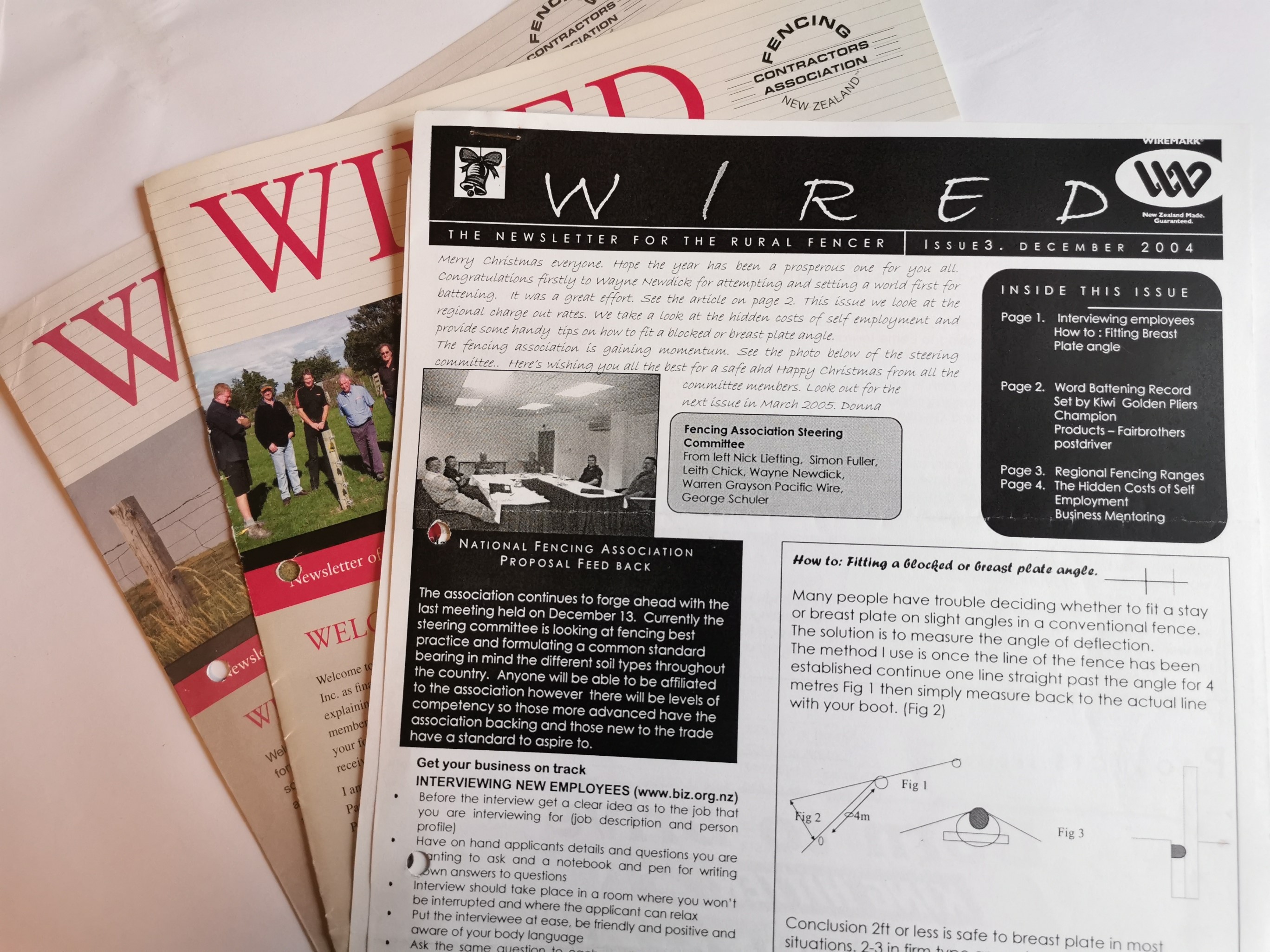 |
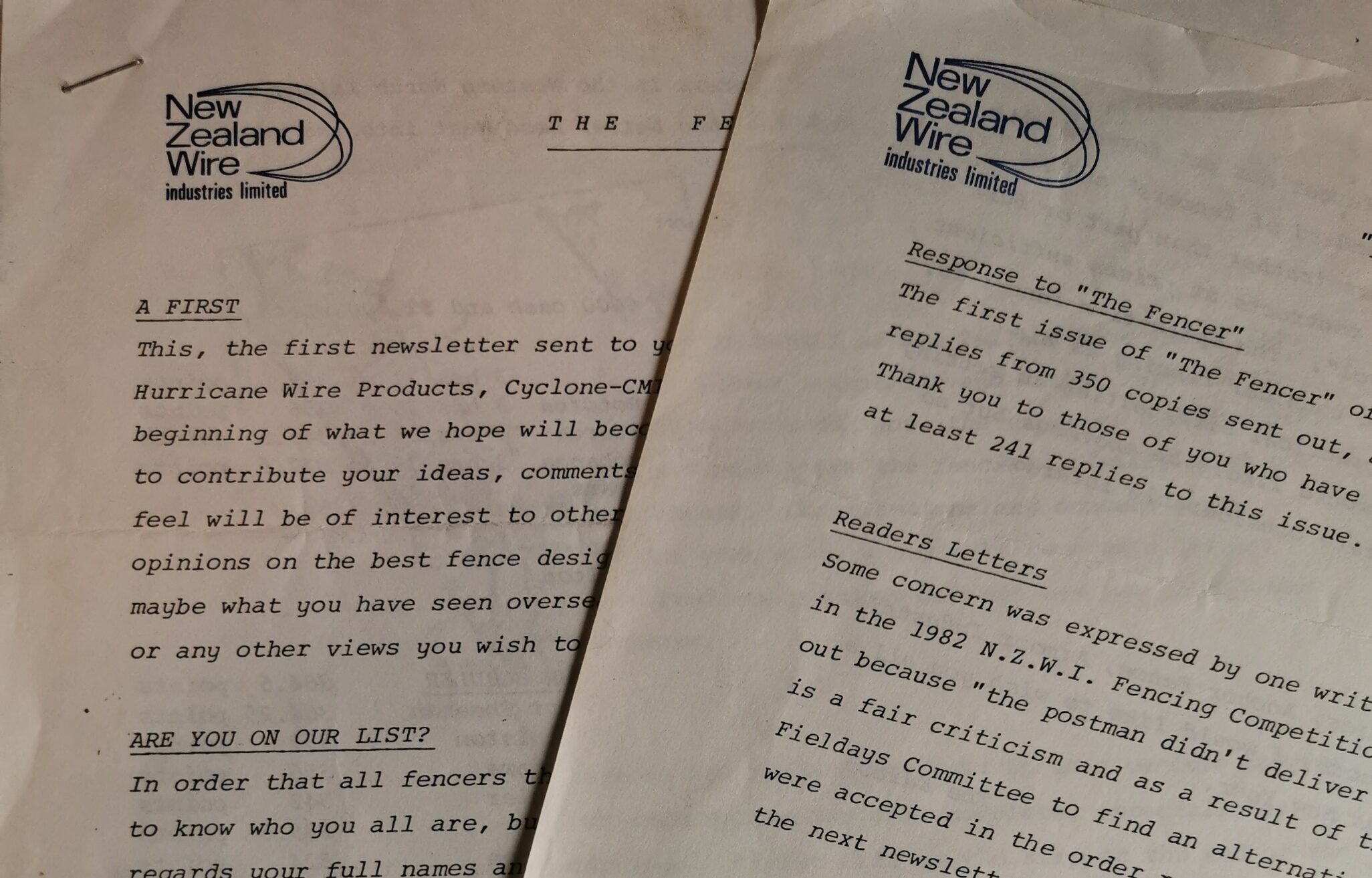 |

One of the first FCANZ conferences, held at Makoura Lodge, Manawatu.
Follow us on Facebook
© Fencing Contractors Association NZ (FCANZ)

